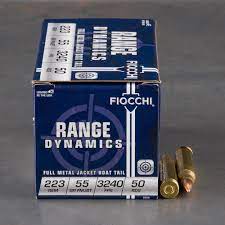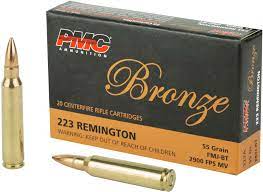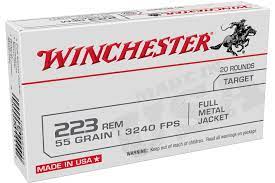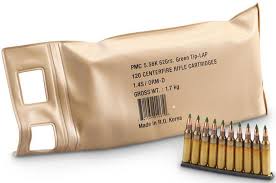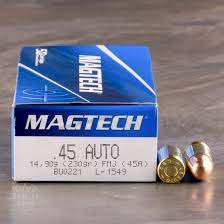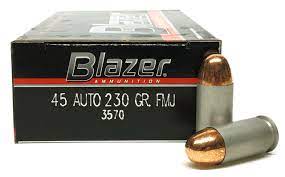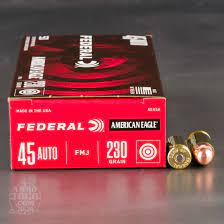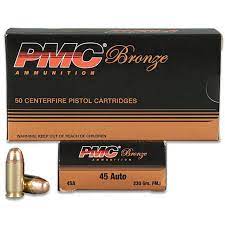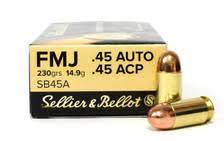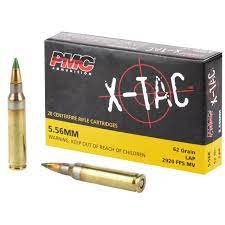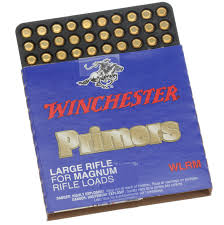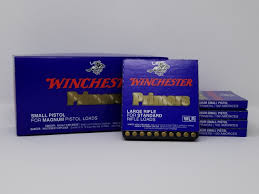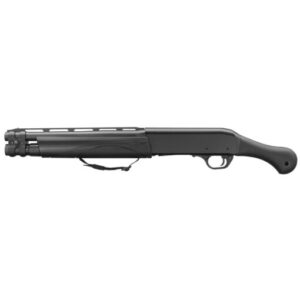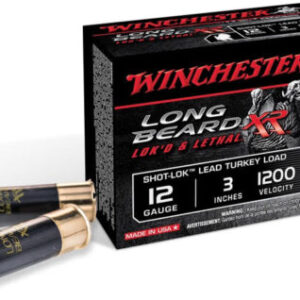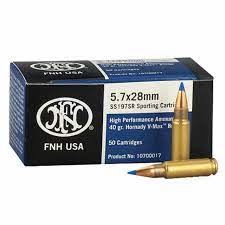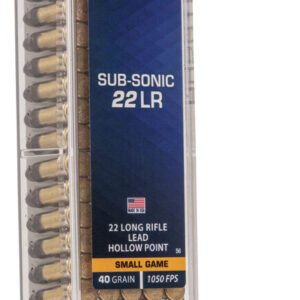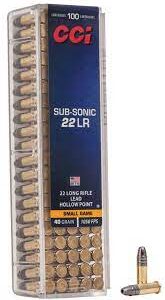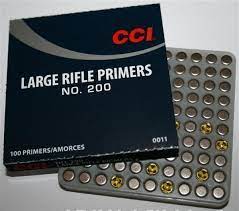Guns And Ammo For Sale Online Discreetly
For those considering purchasing firearms and ammunition from our online black markets, it is essential to take precautions to ensure safety and anonymity. This includes using secure communication channels, such as encrypted messaging apps. Additionally, it is advisable to use cryptocurrencies or other untraceable forms of payment to further protect one’s identity.
There are certain advantages to buying firearms and ammunition from online black markets. One of the primary benefits is access to a broader range of products than may be available through legal channels. Additionally, the process is often more convenient and discreet, allowing individuals to acquire the items they need without attracting unwanted attention.
- Introduction to Firearm Safety
- The Key Principles of Firearm Safety
- Always Treat Firearms as if They Are Loaded
- Keep Your Finger Off the Trigger Until Ready to Shoot
- Never Point the Muzzle at Anything You Don’t Intend to Shoot
- Be Sure of Your Target and What’s Beyond It
- Understanding Each Principle in Detail
- Always Treat Firearms as if They Are Loaded
- Check and Recheck: Emphasizing the importance of verifying the status of a firearm.
- Safe Handling Practices: Discussing proper storage and transport methods.
- Keep Your Finger Off the Trigger Until Ready to Shoot
- Trigger Discipline: Explaining why keeping the finger off the trigger is crucial.
- Never Point the Muzzle at Anything You Don’t Intend to Shoot
- Awareness and Control: Highlighting the significance of muzzle awareness.
- Be Sure of Your Target and What’s Beyond It
- Risk Assessment: Discussing the necessity of knowing your surroundings.
- Common Mistakes and How to Avoid Them
- Importance of Firearm Safety Training
- Conclusion
Key Principles of Firearm Safety
Firearms are powerful tools designed for various purposes, from recreational shooting to self-defense. However, with this power comes great responsibility. Understanding and adhering to key principles of firearm safety is paramount to prevent accidents, injuries, and tragedies. In this article, we delve into these fundamental principles, guiding both novice and experienced gun owners on safe handling practices.
Always Treat Firearms as if They Are Loaded
One of the foundational rules of firearm safety is to always treat a firearm as if it is loaded, regardless of its actual status. This principle instills a mindset of caution and mindfulness whenever handling a gun.
Check and Recheck
Before handling a firearm, it’s essential to verify its status. This means visually inspecting the chamber and magazine to ensure they are empty. Even if someone else has verified the firearm’s status, take the initiative to double-check. Accidents can occur when assumptions are made about a gun’s condition.
Safe Handling Practices
Beyond simply treating a firearm as loaded, safe handling practices involve proper storage, transportation, and manipulation of the gun. Firearms should always be stored securely, inaccessible to unauthorized individuals, especially children. When transporting a firearm, ensure it is unloaded and secured in a case or holster to prevent accidental discharge.
Keep Your Finger Off the Trigger Until Ready to Shoot
The second cardinal rule of firearm safety emphasizes trigger discipline. Keeping your finger off the trigger until you are ready to shoot significantly reduces the risk of an accidental discharge.
Never Point the Muzzle at Anything You Don’t Intend to Shoot
Muzzle awareness is critical in preventing unintentional harm. Always keep the muzzle pointed in a safe direction, away from people, animals, or objects that you do not intend to shoot. This principle applies whether the firearm is loaded or not.
Be Sure of Your Target and What’s Beyond It
Before firing a shot, it is essential to identify your target and what lies beyond it. Bullets can travel great distances and penetrate through barriers, posing a risk to unintended targets. By assessing the surroundings and knowing what lies in the potential line of fire, you can make informed decisions and prevent accidents.
Risk Assessment
Consider the environment in which you are shooting. Are there bystanders nearby? Is there a risk of stray bullets causing property damage or harm to others? By evaluating these factors, you can mitigate potential risks and ensure a safe shooting experience.
Understanding Each Principle in Detail
Each of these principles serves as a layer of protection, creating a comprehensive framework for safe firearm handling. By understanding and internalizing these principles, gun owners can minimize the risk of accidents and promote a culture of safety within the firearms community.
Common Mistakes and How to Avoid Them
Despite the emphasis on firearm safety, accidents still occur due to common mistakes made by gun owners. These may include mishandling firearms, disregarding safety protocols, or failing to properly store weapons. By being aware of these pitfalls and actively working to avoid them, gun owners can significantly reduce the likelihood of accidents.
Importance of Firearm Safety Training
Firearm safety is not inherent knowledge; it requires education and training. Whether you are a first-time gun owner or a seasoned enthusiast, undergoing proper firearm safety training is essential. Training courses teach valuable skills such as safe handling techniques, marksmanship fundamentals, and legal considerations. Additionally, training provides an opportunity to reinforce the importance of firearm safety principles in a practical setting.
Conclusion
The key principles of firearm safety form the cornerstone of responsible gun ownership. By adhering to these principles, gun owners can protect themselves, their loved ones, and the community from harm. Remember, firearm safety is everyone’s responsibility, and it begins with you.
FAQs (Frequently Asked Questions)
-
Is firearm safety training necessary for experienced gun owners?
- While experienced gun owners may have developed good habits over time, formal firearm safety training offers valuable insights and refreshers on best practices.
-
What should I do if I encounter a firearm in an unsafe condition?
- If you come across a firearm that appears to be in an unsafe condition, do not touch it. Notify a responsible adult or law enforcement immediately.
-
Can children be taught firearm safety?
- Yes, children can learn basic firearm safety principles under adult supervision. However, it’s essential to stress the importance of avoiding firearms without proper supervision.
-
Are there different safety protocols for different types of firearms?
- While the basic principles of firearm safety apply universally, there may be specific safety considerations for different types of firearms, such as handguns, rifles, or shotguns.
-
What should I do if I accidentally discharge a firearm?
- If you accidentally discharge a firearm, ensure that no one is injured, then safely unload the gun and secure it. Report the incident to the appropriate authorities and seek medical attention if necessary.


